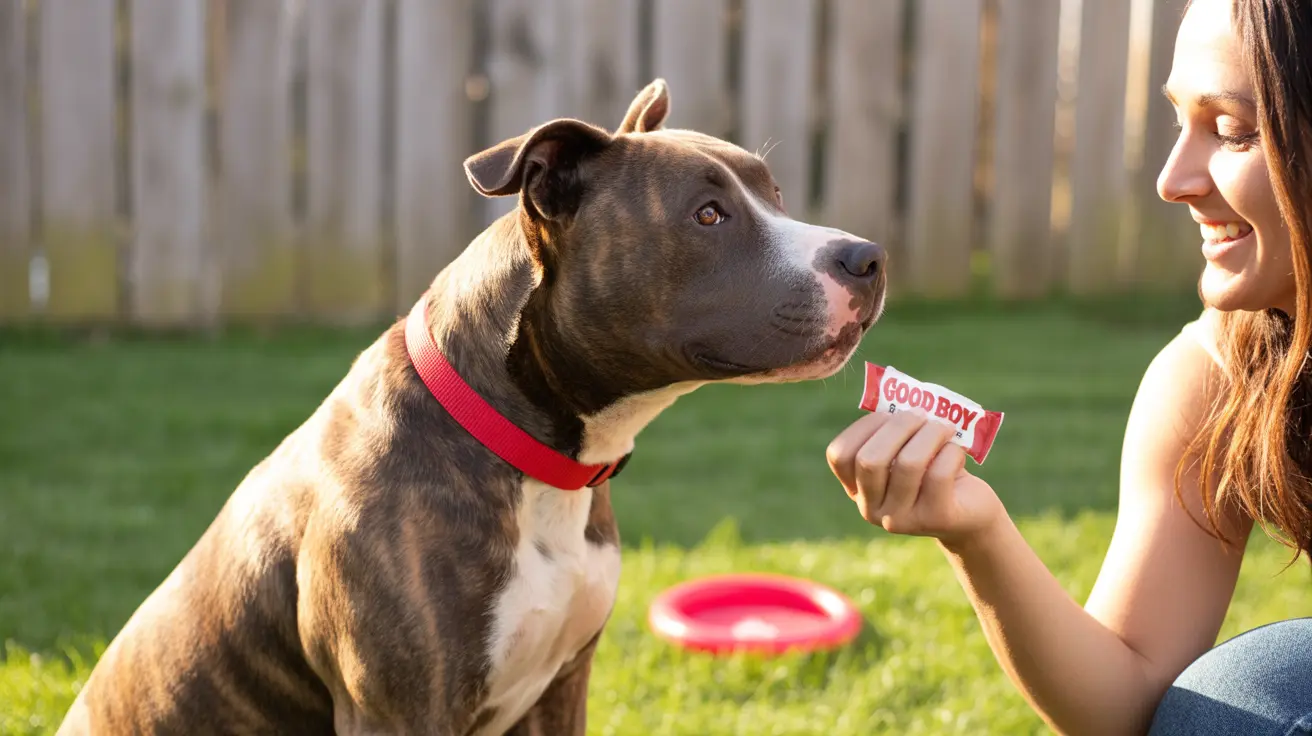When it comes to pit bull mixes, separating fact from fiction is crucial for understanding these widely debated dogs. With ongoing discussions about their temperament and safety, it's essential to examine what scientific research and expert studies actually reveal about these popular mixed-breed dogs.
This comprehensive guide will explore the truth about pit bull mixes, analyzing behavioral studies, statistical data, and expert insights to provide a clear, evidence-based perspective on their temperament and potential risks.
The Science Behind Pit Bull Mix Behavior
Recent genetic research has revealed interesting findings about pit bull mixes. These dogs typically show increased genetic diversity, which actually tends to dilute breed-specific behavioral traits. Studies focusing on owner-directed aggression have found that pit bull-type dogs often demonstrate lower risk levels compared to several other breeds.
Community-based studies examining thousands of dogs have consistently shown that pit bull mixes don't exhibit higher rates of aggression or increased behavioral issues compared to other breeds. This scientific evidence challenges many common misconceptions about these dogs.
Understanding Bite Statistics and Their Limitations
While certain statistics show pit bulls and their mixes being involved in a higher percentage of reported bites, it's crucial to understand the context behind these numbers. A significant challenge lies in breed identification – studies show that visual identification of pit bulls is often inaccurate, with up to 60% of dogs labeled as "pit bulls" lacking any DNA from recognized pit bull-type breeds.
- Population size of different breeds
- Environmental conditions
- Owner responsibility and training
- Accuracy of breed identification
- Reporting biases
The Impact of Training and Environment
Research consistently shows that training and environment play far more significant roles in dog behavior than breed alone. Proper socialization, positive reinforcement training, and responsible ownership are key factors in developing well-adjusted dogs, regardless of breed mix.
- Lack of proper training
- Poor socialization
- Neglect or abuse
- Intentional aggression training
- Inadequate supervision
Responsible Ownership of Pit Bull Mixes
Successfully raising a pit bull mix requires understanding and commitment to responsible ownership practices. This includes:
- Early socialization with people and other animals
- Consistent positive reinforcement training
- Regular veterinary care and exercise
- Proper containment and leash control
- Understanding of dog body language and behavior
Frequently Asked Questions
Are pit bull mixes more dangerous than other dog breeds according to scientific studies?
Scientific studies don't support the notion that pit bull mixes are inherently more dangerous than other breeds. While certain statistics show higher involvement in incidents, these numbers are often affected by misidentification and reporting biases. Research shows that individual temperament, training, and environment are far more predictive of behavior than breed alone.
How reliable are breed identifications when it comes to pit bull mixes and dog bite statistics?
Breed identification in bite statistics is notably unreliable. Studies show that visual identification of pit bulls is wrong about 60% of the time, and many dogs identified as pit bulls lack any pit bull breed DNA. This makes many published statistics about pit bull attacks potentially inaccurate.
What role do training and owner responsibility play in the behavior of pit bull mixed breeds?
Training and owner responsibility are crucial factors in determining any dog's behavior, including pit bull mixes. Studies consistently show that proper training, socialization, and responsible ownership are the most important factors in preventing aggressive behavior, far outweighing breed-specific traits.
Why do pit bull mixes tend to spend longer in shelters and have higher euthanasia rates?
Pit bull mixes face longer shelter stays and higher euthanasia rates primarily due to breed stigma, housing restrictions, and insurance limitations. These factors are typically based on misconceptions rather than actual behavioral issues.
How can I safely interact with or introduce my family to a pit bull mix dog?
Safe interaction with any dog, including pit bull mixes, involves respecting the dog's space, reading body language, and following proper introduction protocols. Always ask the owner's permission, avoid sudden movements, and supervise all interactions with children. Allow the dog to approach at their own pace and maintain calm, positive energy during interactions.
Conclusion
The evidence shows that pit bull mixes, like any dogs, are individuals whose behavior is shaped primarily by training, environment, and owner responsibility rather than genetics alone. Understanding this fact, along with commitment to responsible ownership practices, is key to ensuring these dogs can be safe and valued members of our communities.






